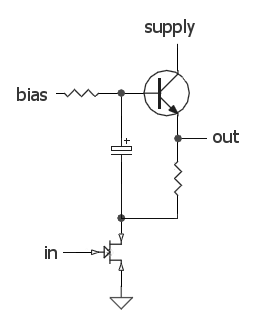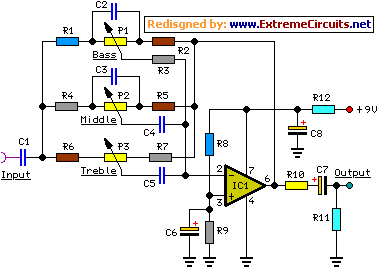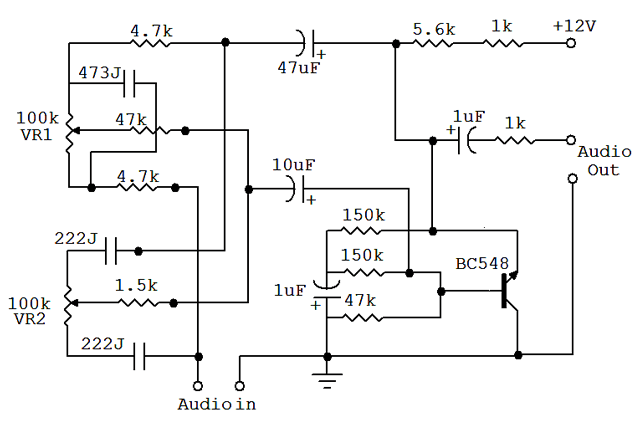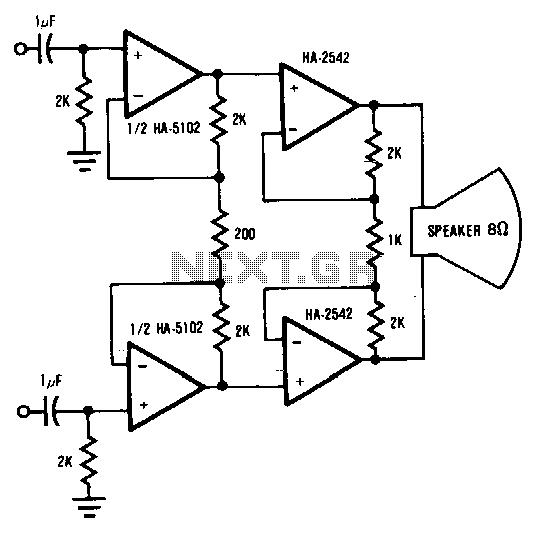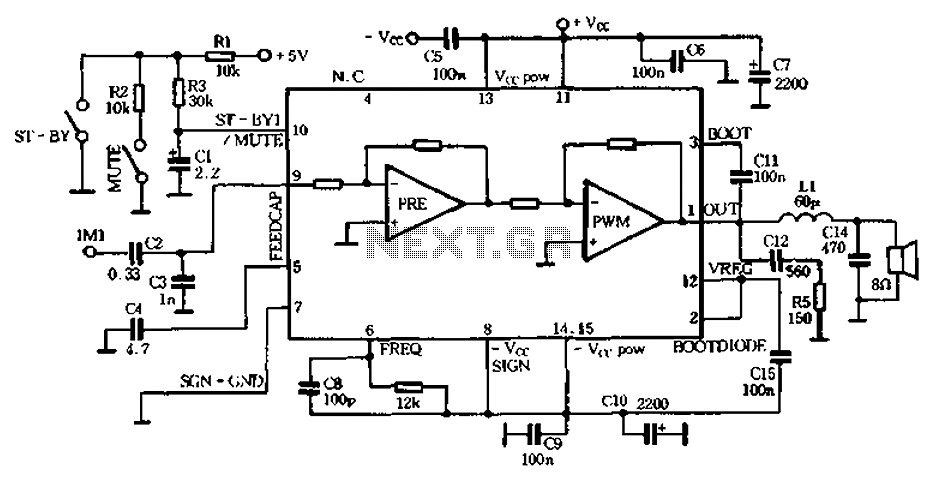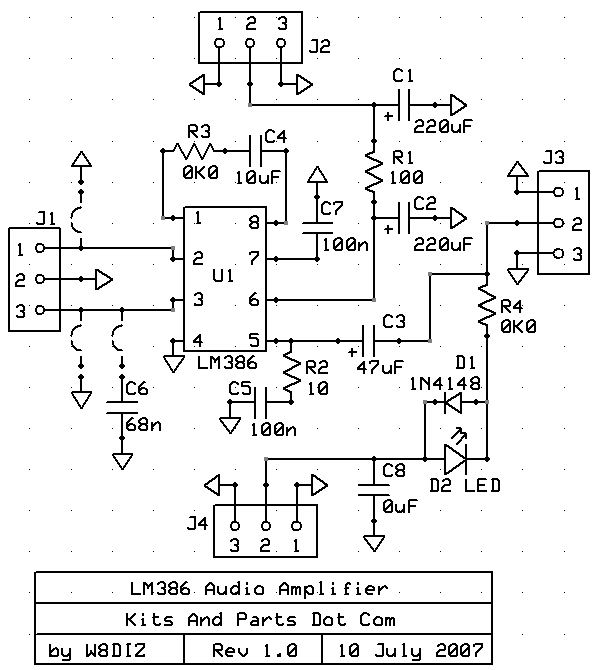
Signal Chain Basics Audio metering enjoying the VU
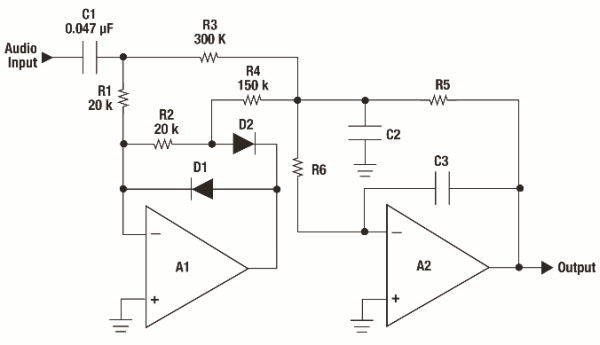
Audio metering is prevalent in various devices that play or record audio, ranging from cell phones displaying bar graphs of audio output levels to home stereos with flashing LEDs and live broadcasting equipment. Multiple standards exist for audio metering, addressing the levels being monitored and the time constants used for calculating averages. The behavior of volume unit (VU) meters is defined by ANSI C16.5-1942, British Standard BS 6840, and IEC 60268-17. According to these standards, 0 VU is defined as +4 dBm, with an integration time of 300 ms. Traditionally, with a moving needle meter, the needle should reach 0 VU within 300 ms from zero signal to 0 VU (and similarly for decay). This characteristic makes traditional VU meters suitable for assessing loudness but ineffective for monitoring transients. This was acceptable in traditional broadcast and recording systems, primarily based on tubes and tape, which tend to saturate gracefully. In modern digital systems, clipping inputs or outputs results in undesirable sound, necessitating the use of peak program meters (PPM). PPMs resemble VUs; however, they have a significantly faster integration time, typically around 10 ms. It is important to note that multiple standards organizations provide definitions for signal levels and integration times. Display technology plays a crucial role in these standards. Achieving the correct ballistics to move a needle through 90 degrees (or more) with one percent accuracy is considerably more complex and slower than illuminating a few LEDs. The quality of audio monitoring can vary widely when using LEDs. For instance, a basic voice recorder requires a different metering system than a mini-micro system utilizing LEDs for visual effects. In live sound or broadcast environments, accuracy is paramount, as is distinguishing between average loudness and the signal's absolute peak. Signal rectification is primarily needed in comparator-style systems. Full signal rectification is necessary because not all signals are symmetric. The acoustic output of certain musical instruments (and some vocal performances) exerts more pressure on the microphone in one direction. To monitor this accurately, full rectification of the signal is essential, with compensation for the typical 0.7 V diode drop. A full-wave rectifier circuit can be implemented in a compact form using BAV99 dual diodes in SOT23 packages and 100 kOhm resistor networks. For low-voltage systems (3.3V), a quad low-voltage rail-to-rail output operational amplifier (op amp) such as the LMV324 can be utilized in a single supply system, with ground replaced by Vcc/2. The LF353 dual output op amp is employed in this example due to its low cost, high impedance input, and wide voltage range support (±15V). For systems requiring monitoring of peak versus direct signal (along with its integration time), a peak-hold circuit can be implemented. In software, this can be achieved by storing the largest peak value from the ADC in a separate register and holding it for a specific number of samples. When a new larger sample is received, the peak value is overwritten, and the counter is reset. When the counter reaches zero, the peak value is reset to zero. In an analog circuit, the rectified output can be processed through a designated circuit. D1 biases the output up by a diode drop (~0.7V), which is then dropped by D2. D2 ensures that audio content can only flow into C1 and R1, preventing backflow through the feedback circuit. The values of C1 and R1 determine the decay time for the peak hold. The impedance of the comparator array ADC also acts as impedance to ground.
The audio metering system described integrates several essential components to provide accurate monitoring of audio signals. The VU and PPM meters serve distinct purposes, with VU meters ideal for assessing loudness in traditional audio systems and PPM meters designed to prevent clipping in digital systems. The rectification process is crucial for accurate signal representation, especially for asymmetric signals, which necessitates the use of full-wave rectifiers and careful consideration of diode voltage drops. The choice of operational amplifiers is significant, as they must accommodate the specific voltage requirements of the system while maintaining high input impedance to avoid signal degradation. The peak-hold functionality enhances the monitoring system's ability to capture transient peaks, which is vital in both live and recorded audio environments. Overall, the design and implementation of audio metering circuits require a comprehensive understanding of audio standards, component behavior, and signal processing techniques to achieve high-quality audio monitoring.Audio metering is present in almost any equipment that plays or records audio from cell phones displaying bar graphs of audio output levels, to home stereos with flashing LEDS, to live broadcasting. There are multiple standards for audio metering that deal with the levels being monitored and time constants used for calculating the average.
The behavior of volume unit (VU) meters is defined in ANSI C16. 5-1942, British Standard BS 6840, and IEC 60268-17. These standards define 0 VU = +4d Bm, with an integration time of 300 ms. Traditionally, with a moving needle meter, this means that from zero signal to 0 VU, the needle should reach 0 VU within 300 ms (same for decay). This makes a traditional VU meter excellent for getting an idea of loudness, but a poor method for monitoring transients.
This was fine in traditional broadcast and recording systems, mainly based on tubes and tape, both of which tend to saturate elegantly. In today`s digital systems, clipping inputs or outputs sounds awful, so peak program meters (PPM) are used.
PPMs are similar to VUs, but, integration time is much faster (typically around 10 ms). Note that there are multiple standards bodies with definitions for the signal levels and exact integration times. Display technology is a big part of these standards. Getting the ballistics right to move a needle through 90 degrees (or more) with one percent of accuracy is much harder and slower than lighting a few LEDs!
Using LEDs, the quality of audio monitoring varies drastically. For example, a simple voice recorder product requires a different metering system from a mini-micro system using LEDs as a visual effect. In a live sound or broadcast environment accuracy is important, as well as seeing the difference between average loudness and the signal`s absolute peak.
Signal rectification is required mainly in comparator-style systems. Full signal rectification is required because not all signals are symmetric. The acoustic output of some musical instruments (and some voice) shows more pressure on the microphone in one direction. To monitor this accurately, the signal should be fully rectified. Be sure to compensate for the usual 0. 7 V diode drop. Figure 2 shows a full wave rectifier circuit. Such a circuit can be implemented in a very small space, using BAV99 dual diodes in a SOT23 packages, and 100 kOhm resistor networks.
For small voltage systems (3. 3V), a quad low-voltage rail-to-rail output operational amplifier (op amp) such as the LMV324 can be used in a single supply system, but ground should be replaced by Vcc/2. The dual output op amp used in this example is the LF353, because of its low cost, high impedance input, and wide voltage range support ( ±15V).
For systems that require monitoring peak versus direct signal (with its integration time), a peak-hold circuit (or code) can be used. In software this can be implemented by storing the ADC`s largest peak value in a separate register and holding it for a specific number of samples.
Whenever a new larger sample is received, simply overwrite the peak value and reset the counter. When the counter finally hits zero, reset the peak value to zero. In an analog circuit, the rectified output can be run through the circuit in Figure 4. D1 biases the output up a diode drop (~0. 7V), and is then dropped 0. 7V by D2. D2 ensures that audio content can only flow into C1 and R1, not back through the feedback circuit. The values of C1 and R1 set the decay time for the peak hold. The impedance of the comparator array ADC also acts as impedance to ground. Dafydd Roche is the Analog Professional Audio Marketing Manager at Texas Instruments. A graduate from the University of York (UK), Dafydd pours his passion and knowledge of audio and music making into his work, doing his part to help enable audio design engineers to make products that end users can`t wait to use. In between a hectic life of customer visits, 🔗 External reference
The audio metering system described integrates several essential components to provide accurate monitoring of audio signals. The VU and PPM meters serve distinct purposes, with VU meters ideal for assessing loudness in traditional audio systems and PPM meters designed to prevent clipping in digital systems. The rectification process is crucial for accurate signal representation, especially for asymmetric signals, which necessitates the use of full-wave rectifiers and careful consideration of diode voltage drops. The choice of operational amplifiers is significant, as they must accommodate the specific voltage requirements of the system while maintaining high input impedance to avoid signal degradation. The peak-hold functionality enhances the monitoring system's ability to capture transient peaks, which is vital in both live and recorded audio environments. Overall, the design and implementation of audio metering circuits require a comprehensive understanding of audio standards, component behavior, and signal processing techniques to achieve high-quality audio monitoring.Audio metering is present in almost any equipment that plays or records audio from cell phones displaying bar graphs of audio output levels, to home stereos with flashing LEDS, to live broadcasting. There are multiple standards for audio metering that deal with the levels being monitored and time constants used for calculating the average.
The behavior of volume unit (VU) meters is defined in ANSI C16. 5-1942, British Standard BS 6840, and IEC 60268-17. These standards define 0 VU = +4d Bm, with an integration time of 300 ms. Traditionally, with a moving needle meter, this means that from zero signal to 0 VU, the needle should reach 0 VU within 300 ms (same for decay). This makes a traditional VU meter excellent for getting an idea of loudness, but a poor method for monitoring transients.
This was fine in traditional broadcast and recording systems, mainly based on tubes and tape, both of which tend to saturate elegantly. In today`s digital systems, clipping inputs or outputs sounds awful, so peak program meters (PPM) are used.
PPMs are similar to VUs, but, integration time is much faster (typically around 10 ms). Note that there are multiple standards bodies with definitions for the signal levels and exact integration times. Display technology is a big part of these standards. Getting the ballistics right to move a needle through 90 degrees (or more) with one percent of accuracy is much harder and slower than lighting a few LEDs!
Using LEDs, the quality of audio monitoring varies drastically. For example, a simple voice recorder product requires a different metering system from a mini-micro system using LEDs as a visual effect. In a live sound or broadcast environment accuracy is important, as well as seeing the difference between average loudness and the signal`s absolute peak.
Signal rectification is required mainly in comparator-style systems. Full signal rectification is required because not all signals are symmetric. The acoustic output of some musical instruments (and some voice) shows more pressure on the microphone in one direction. To monitor this accurately, the signal should be fully rectified. Be sure to compensate for the usual 0. 7 V diode drop. Figure 2 shows a full wave rectifier circuit. Such a circuit can be implemented in a very small space, using BAV99 dual diodes in a SOT23 packages, and 100 kOhm resistor networks.
For small voltage systems (3. 3V), a quad low-voltage rail-to-rail output operational amplifier (op amp) such as the LMV324 can be used in a single supply system, but ground should be replaced by Vcc/2. The dual output op amp used in this example is the LF353, because of its low cost, high impedance input, and wide voltage range support ( ±15V).
For systems that require monitoring peak versus direct signal (with its integration time), a peak-hold circuit (or code) can be used. In software this can be implemented by storing the ADC`s largest peak value in a separate register and holding it for a specific number of samples.
Whenever a new larger sample is received, simply overwrite the peak value and reset the counter. When the counter finally hits zero, reset the peak value to zero. In an analog circuit, the rectified output can be run through the circuit in Figure 4. D1 biases the output up a diode drop (~0. 7V), and is then dropped 0. 7V by D2. D2 ensures that audio content can only flow into C1 and R1, not back through the feedback circuit. The values of C1 and R1 set the decay time for the peak hold. The impedance of the comparator array ADC also acts as impedance to ground. Dafydd Roche is the Analog Professional Audio Marketing Manager at Texas Instruments. A graduate from the University of York (UK), Dafydd pours his passion and knowledge of audio and music making into his work, doing his part to help enable audio design engineers to make products that end users can`t wait to use. In between a hectic life of customer visits, 🔗 External reference
